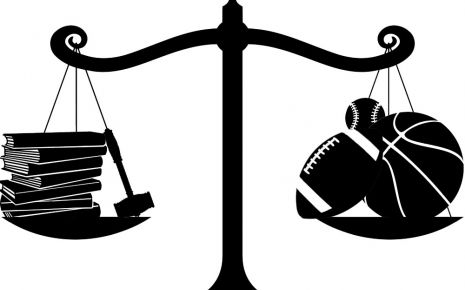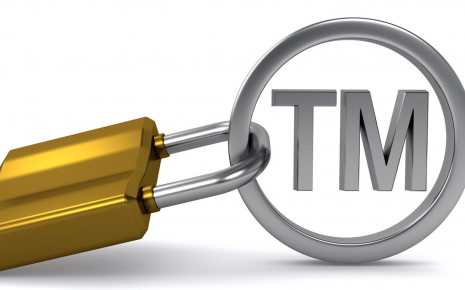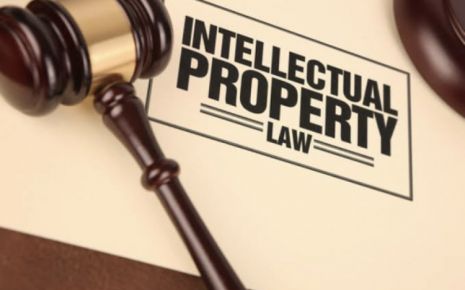Patent Protection For Future Technologies
Patents: A General View:
A Patent is a grant of monopoly power by the state to an inventor who is given the exclusive right to commercially exploit his or her invention for given period of time. A patent system is regarded by some as creating a social contract whereby the state, Grants a monopoly right to the inventor ,so that he could get profit or incentive by his invention in return for his making the product available for general use during the term of protection.Patentable Invention:
Section 2(1)(g) of Indian P,1970,Patents Act defines an invention as follows:Invention means any new and useful:
1. Art, Process, method or manner of manufacture.
2. Machine, apparatus, or other article.
3. Substance produced by Manufacture.
An invention is granted a patent if the invention is new and involves as inventive step and is capable of industrial application.
Patent act 1990 as amended of Australia describes in sec 7(4),â€For the purpose of the act ,an invention is to be taken to involve an innovative step when compared with the prior art base unless the invention ,would ,to a person skilled in the relevant art ,in the light of common general knowledge as it existed in the patent area before the priority date of the relevant claim only vary from the kinds of information’s set out in subsection(5) in ways that make us substantial contribute the working of invention.â€
Innovation involves a lot more than knowledge of relevant science and technology and some international awareness even by indigenous methods. At least after economist like Schumpeter(1911) it has been widely received by economists about a specific distinction between the formulation of a working idea for a product or process (an invention) and the application of the idea to the economic process.
Invention deals about the conception and realization of a working design for a product or process or an improvement to a product or process. Whereas on the other hand an innovation deals with the application to economic activity or in other words the economic use of an invention.
In assessing the factors that might shape an innovation we observe that there are four elements:
1. Opportunities
2. Incentives
3. Resources
4. Managerial capabilities
Novelty:
In UK the general rule is that an invention cannot be patented unless it is really new, that is, in the term used in the Patent Act 1949, that it had not been anticipated.
Inventive Step:
The second best essentially is that the invention must involve an inventive step .An inventive step requires that it is not obvious to somebody skilled that particular field having regard to state of art at the priority date of patent application.
Exclusion From Patentability:
Section 3 & 4 of Indian Patent Act,1970, provides for the following as not being inventions capable of patenting. These are:1. An invention which is frivolous or which claims anything obviously contrary to the well established natural laws.
2. An invention the primary or intended use of which would be contrary to the well established natural laws.
3. The mere discovery of a scientific principle or formulation of an abstract theory.
4. The mere discovery of any new property or new use for a known substance or of the mere use of known process machine or apparatus unless such known process results in a new reactant.
5. A substance obtained by mere admixture resulting only in the aggregation of the properties of the component’s, thereof, or a process for producing such substances.
6. The mere rearrangement or rearrangement or duplication of known devices each functioning independently of one another in a known way.
7. A method or process of testing applicability during the process of manufacture for rendering the machine ,apparatus, or other equipment's more efficiently or for the improvement or restoration of the existing machine, apparatus or other equipment's or for the improvement or control of manufacture.
8. A method of agriculture or horticulture.
9. Any process for the medicinal surgical creative prophylactic or other treatments of human beings or any process for a similar treatment of animals or plants to render them free of disease or to increase their economic value or that of their products.
10. An invention relating to atomic energy.
In respect of food, medicine, or ,drug, patents are granted only for the method of process of manufacture of substances but not for the substances themselves.
In respect of substances prepared or produced by chemical process or including alloys, optical glass, semi conductors and inter metallic compounds, patents are granted only for the process of manufacture but not for the substances themselves.
The TRIPS express the justification for the agreement to promote protection for intellectual property rights. Members may exclude from patent-ability inventions, the prevention within their territory of the commercial exploitation of which is necessary to protect public order or mortality to human ,animal or plant life or health or to avoid serious prejudice to environment.
Members may also exclude from patentability:
1. Diagnostic, therapeutic and surgical methods for the treatment of human or animals.2. Plants and animals other than microorganisms and essentially biological process for the production of plants or animals other than non biological and micro biological process.
To bring patentable inventions within reasonable bounds a number of things are excluded from patentability. These are as follows:
1. Lacking of industrial application a method of treatment or diagnosis for human or animal body.
2. Not considered to be inventions:
· a discovery, scientific theory, a mathematical method.
· A literary, dramatic, artistic or musical work or other aesthetic creation.
· A scheme, rule, or method for performing a mental act, playing a game or doing business, also a computer program.
· The presentation of information’s UK patents act ,1977,provides for exclusion of anything which would be generally expected to encourage offensive ,immoral or antisocial behavior.
Balancing of Social And Individual Interests
In England the classical test for novelty adopted in that countryWas whether the invention was in practice, or, used by anyone in memory of an English man.The patent law provides the patentee with an exclusive right so that he could churn out monetary advantage out of his invention.
In the case Bishwanath Prasad v Hindustan Metal Industries, it has been held by Supreme court that ‘object of patent law’, is to encourage scientific research new techno logy and industrial progress. Grant of exclusive privilege to own ,use or sell the method or product patented for a limited period, stimulate new inventions of commercial activity or utility. The price of grant of monopoly is the disclosure of the invention at the patent office, which after expiry of the fixed period of monopoly ,passes into the public domain.
Conclusion:
Generally speaking it would be said that the main function of IPR is to stimulate innovation and development be it in the technical ,technological ,aesthetical, cultural fields. IPR provides are incentive in the form of a temporary grant of exclusivity in the market to invest time and money in research and development thereby putting the right owner in a position to obtain a reward.
Thus , we see that once the patent is granted, the patent holder has the right to exclude the use of the protected product or process by the third parties so that in principal market power is conferred. The whole purpose of patent law is granting the monopoly.
Bibliography:
1 . Patent law books, ku library ,tvm ,kerala
2. Patent law books, klalc ,ku ,kerala, india
3. LLM thesis/dissertation by R S U UNNITHAN advocate, & Guide Vikraman nair et al,MGU,kottayam,kerala,india
4.R S D UNNITHAN'S NOBEL PRIZE WORK 2002-05-15-16:76 AS THEN VALID
5.R S D UNNITHAN'S NOBEL PRIZE WORK 2016-18:78 AS THEN VALID
6.R S D UNNITHAN'S NOBEL PRIZE WORK 2019-20:80
End-Notes:
Article 27.2 of TRIPS agreement
Article 27.3 (a) of TRIPS agreement
Article 27.3(b) of TRIPS agreement
Section 1(3)(a)
Dr.G B Reddy,Intellectual property rights and the law,2nd edition,p.142,2001
1979 2 sec 511
Written By Adv.R S D Unnithan and Author Co Author Advocate R S Umadev Unnithan
Law Article in India
Legal Question & Answers
Lawyers in India - Search By City
LawArticles
How To File For Mutual Divorce In Delhi

How To File For Mutual Divorce In Delhi Mutual Consent Divorce is the Simplest Way to Obtain a D...
Increased Age For Girls Marriage

It is hoped that the Prohibition of Child Marriage (Amendment) Bill, 2021, which intends to inc...
Facade of Social Media

One may very easily get absorbed in the lives of others as one scrolls through a Facebook news ...
Section 482 CrPc - Quashing Of FIR: Guid...

The Inherent power under Section 482 in The Code Of Criminal Procedure, 1973 (37th Chapter of t...
The Uniform Civil Code (UCC) in India: A...

The Uniform Civil Code (UCC) is a concept that proposes the unification of personal laws across...
Role Of Artificial Intelligence In Legal...

Artificial intelligence (AI) is revolutionizing various sectors of the economy, and the legal i...








Please Drop Your Comments